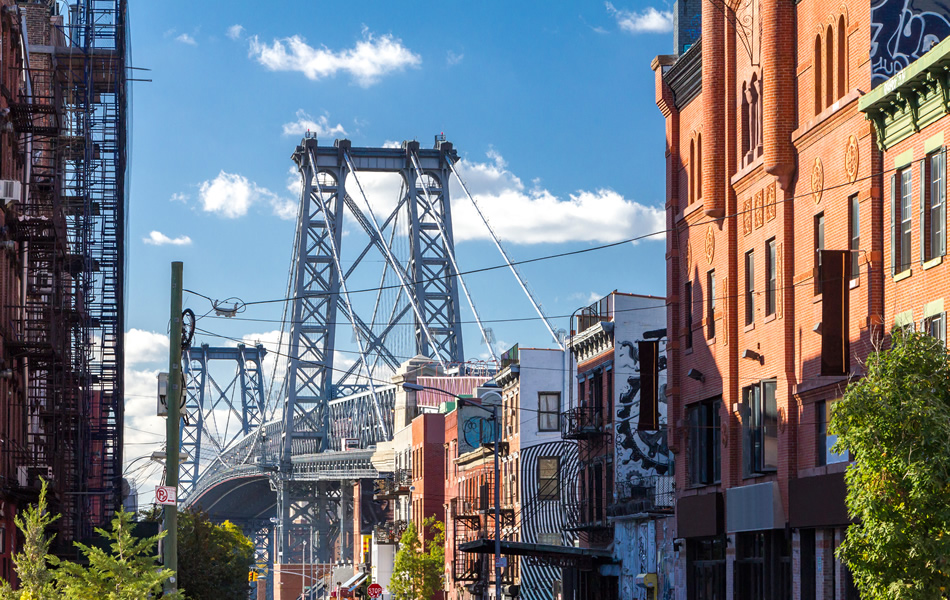This year, growth-focused brands are re-discovering that a physical presence improves community, context, and commerce for their brand and their customers. Brands ranging from Ulta Beauty, Target, Five Below, TJ Maxx, Dick’s Sporting Goods and Fabletics are opening stores. In fact, retail store openings are expected to exceed store closings in 2021, according to CNBC.
The significance of location for brand omnichannel marketers is rising, not fading. While e-commerce as a percentage of total retail sales grew from 0.6% in the fourth quarter of 1999 to 16.1% in the second quarter of 2020, according to the U.S. Census Bureau, more marketers find “location is the new cookie.” Today, and in the foreseeable future, location commerce will far exceed e-commerce.
The real value of location factors isn’t software code, ZIP codes, data-driven rings, drive-time polygons, equal competition areas, or gravity modeling. The benefit of location to consumers is to be better understood and served by forward-thinking brands. In turn, the benefit of location insights for brands is to ethically improve personalization, marketing precision, and customer experience.
For brand marketers and their partners, three trends are driving the use of geospatial factors in marketing and merchandising planning and execution: community, context, and commerce.
Marketing at its finest is about community. Location data helps marketers and brands understand, curate and benefit from a native sense of community among their customers and audiences.
As a practical matter, geospatial data helps brands analyze large markets. The Los Angeles Times maps 114 neighborhoods and areas in the city of Los Angeles and another 42 neighborhoods in nearby unincorporated areas. Atlanta has 243 neighborhoods officially defined by the city. Minot, ND, with a population of 48,261, has 22 neighborhoods. Location gives context at scale.
Retailers increasingly incorporate location into strategies. Target’s small-format stores, typically about one-third the size of its usual 130,000-square-foot store, are in dozens of college towns and urban settings, from UC San Diego and the University of Georgia in Athens, to urban settings, like Chicago’s Wicker Park neighborhood, attracted by affluent, young professionals and families. Nike is expanding its local store concept after pioneering the concept in 2018 on affluent eclectic Melrose Avenue in Los Angeles. Across brands and strategies, location contributes to understanding and delivering a locally relevant experience: know your customer.
A geospatial component adds context to improve customer experience. Academicians study topics like demographic gravitation and “social physics,” using equations and fundamentals of physics to quantify and explain what even children know: we like to be together in person, especially after a year of relational deprivation in 2020. Last year, an estimated 17 million “pandemic migrants” moved because of COVID-19 as offices, stores, schools, and destinations shut down temporarily or permanently. Most recently, individuals, families, and businesses are continuing to move as economic pain drags on. Location data is increasingly applied to help brands and marketers find — and re-discover — customers as they move.
Even with mobile devices, high-speed internet, and changes in buyer behavior, experts estimate as much as 80% or more of commerce is tied to location. E-commerce is fulfilled in locations — stores, shops, dealerships and offices — especially for certain categories and types of products, and for diverse individuals and families. In retail, an e-commerce transaction is fulfilled by BOPAC, BOPIS and, after the fact, by BORIS — each fulfillment tied to a location frequented by local customers.
While e-commerce booms, estimates are that e-commerce won’t exceed location commerce for decades. Research also finds that local customers — those most close to a store or service provider — spend more and stay longer. Research finds year-over-year growth contribution is 23% higher when drawing from a nearby neighborhood versus a broad metro area. The contribution rate is 27 times higher from customers within a neighborhood versus outside a metro area, based on a study by JPMorgan Chase Institute generated from insights from 12 billion transactions. Net: local customers are more profitable than distant customers, even in the same trade area.
Acxiom’s brand clients in every category, especially retail, financial services, insurance, CPG and automotive, are improving financial results and brand differentiation by factoring in location and geospatial data in their omnichannel strategies and solutions. For brands seeking to grow market share and improve customer experience, location is proving most valuable when it unlocks deeper actionable understanding about individuals and households in the trade area of a store, branch, office, or dealership.



